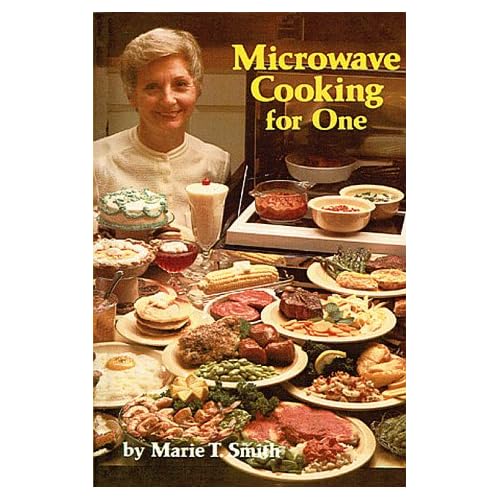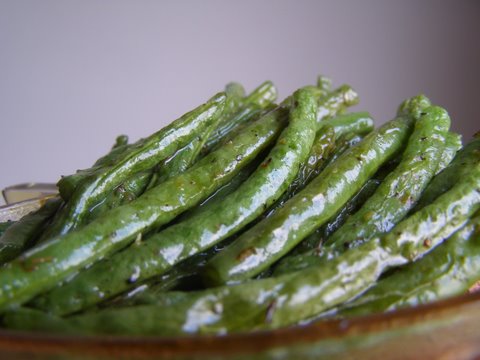 |
| This is not an acceptable holiday gift. |
Mark Bittman: How to Cook Everything Vegetarian. Double B Publihsing, 2007.
There is a carnivorous version of this book, too, but as you already know, I often find meat boring, even when I am eating it. This book has recipes to convince any meat-lover to go meatless once in a while (Bittman himself says in the forward that, although he cooks a whole lot of meat, he often eats like a vegetarian at home). Chapters are divided into logical categories: salads, soups, eggs/dairy/cheese, fruits and vegetables, pasta, grains, etc. Many recipes are inspired by other national cuisines (Japanese, Chinese, Indian, Italian all feature prominently) but all but the most authentic-sounding Asian fare can be made with basic American grocery store items. He also includes a short essay on planning a vegetarian menu and gives sound advice on stocking the pantry and purchasing quality equipment.
I have tried most of the recipes in this over-900 page book, and they all work perfectly. I am not even tempted to adjust and experiment as I follow along, like I am with so many other cookbooks; I have learned that if I trust Mark Bittman, he will take care of me. Flavor combinations are not generally very surprising, and there is nothing avant garde in this book. Directions are thorough and very intelligently written with occasional sketches to help guide technique. And what I like best about this book is Bittman’s indefatigable practicality; most recipes have an “add-ins” or “variations” section immediately following, and he recycles leftovers in some ingenious ways. The result is a cookbook that really teaches you the basic techniques of many stock dishes (omelets, stir fries, homemade pastas…) and then gives you tons of variations on those dishes for an incredible amount of variety. This is a great book for novice and experienced cooks alike, and can serve as a guide for any vegetarian or omnivorous diner trying to cut down on meat without sacrificing great flavors and variety. For a professional food writer and chef, it is laudable that Bittman gives such respect to his meatless cuisine, and this book can really serve as a bible for vegetarian cooking.
A recipe from the book:
“Huevos Rancheros
Serves 2
¼ cup neutral oil, like grapeseed or corn, plus more as needed
4 5-inch corn tortillas
¼ cup refried beans (recipe in book) or any soft, well-seasoned beans
4 eggs
Sat and freshly ground black pepper
½ cup Salsa Roja or Cooked Tomatillo Salsa (recipe sin book) or store-bought salsa
¼ cup queso fresco or grated Monterey Jack of cheddar cheese
¼ cup chopped fresh cilantro or parsley for garnish
1. Preheat oven to 350°F. Heat the oil in a small skillet over medium heat. When hot but not smoking, fry the tortillas one at a time until softened and heated through, about 3 seconds per side. Make sure they do not crisp. Drain on paper towels.
2. Spread 1 tablespoon beans in the center of each tortilla and set aside. (You can prepare the dish to this point up to an hour or so in advance.)
3. Use a little more oil to fry eggs sunny side up, sprinkling with salt and pepper as they cook and following the directions for Fried Eggs on p. 168. Put an egg in the center of each tortilla, then top with 2 tablespoons salsa and 1 tablespoon cheese.
4. Carefully transfer the tortillas to a baking dish that holds them snugly. Bake until cheese is melted, about 5 minutes, and serve immediately.
Simplest Huevos Rancheros. Omit the tortillas and beans. Scramble the eggs in oil; as they are beginning to set in the pan, stir in the salsa and cheese. Sprinkle with a little salt and pepper to serve.
Huevos Rancheros with Red Mole. A luxury, but a mist if you have leftover sauce: Instead of salsa, use the Red Mole sauce from the Cheese Enchiladas recipe on page 223. Garnish with chopped tomatoes and scallions if you like.”










